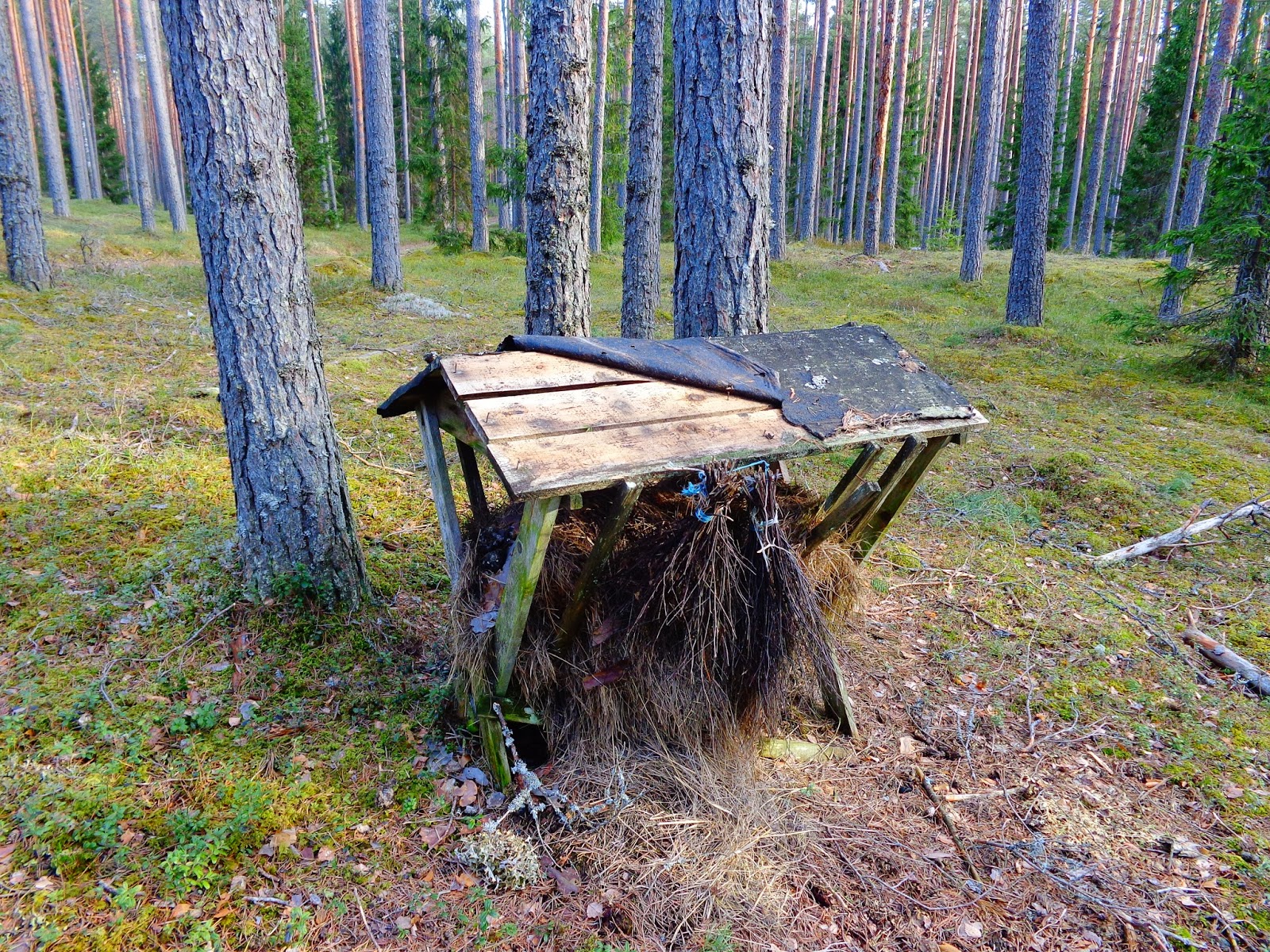Monday, March 31, 2014
Double-decker Woodshed
Dunno how was in London, Paris or New York of olde dayz but in Estonian towns most of the people lived pretty much side by side, especially in the center. Interesting contrast to really lofty living conditions in the countriside (our population density is approxiately the same as in USA or Canada). So, if you moved to town/city (rising trend as of 19th century), the odds are high you end up living in a 4 to 10 flat wooden (chinkless method log with painted siding) condo or a cabin in the back yard - and used a double-decker woodshed to store your firewood.
As people are opting out of the romantic but tiresome chore of heating and cooking with burning fire, many of the sheds have perished. But some are still there, used by the inhabitants and admired by the hipseters.
Photo: Vahur Afanasjev, 30 March 2014 Tartu, a back yard in Ujula street.
Labels:
architecure,
Household,
South Estonia,
spring,
Tartu,
Vahur Afanasjev
Saturday, March 8, 2014
Restaurant for Animals
During winter, wild animals may end up starving. There's some stuff around, like treebark, frozen grass under the snow. Wild boars dig up leftover potatoes from fields, deer and rabbits come near houses and munch on young trees that people have planted a year before... But near the spring it's pretty hard as most of the resources are exhausted. Predators (wolves, foxes, lynx) are hungry, too, unless sleeping as bears do.
That is why humans, mostly represented by the hunting club members, serve the forest dwellers the high cuisine of potatoes, perfectly dryed hay and selected branches from young apple trees. Special animal feeding "restaurants" are built.
The whole are of Kääpa (Välgi) nature reserve is 2039,8ha of land plus 256,4ha of water. By the way, in spring, parts of the reserve are off limits for the man kind (besides authorised personnel) as the local wild bunch is making babies.
Photos by Vahur Afanasjev 7 March 2014, Välgi nature reservoir.
Labels:
Animals,
Eastern Estonia,
food,
illegal,
Nature,
South Estonia,
spring,
Vahur Afanasjev,
winter
Subscribe to:
Posts (Atom)






